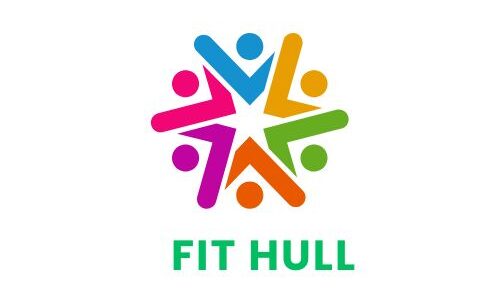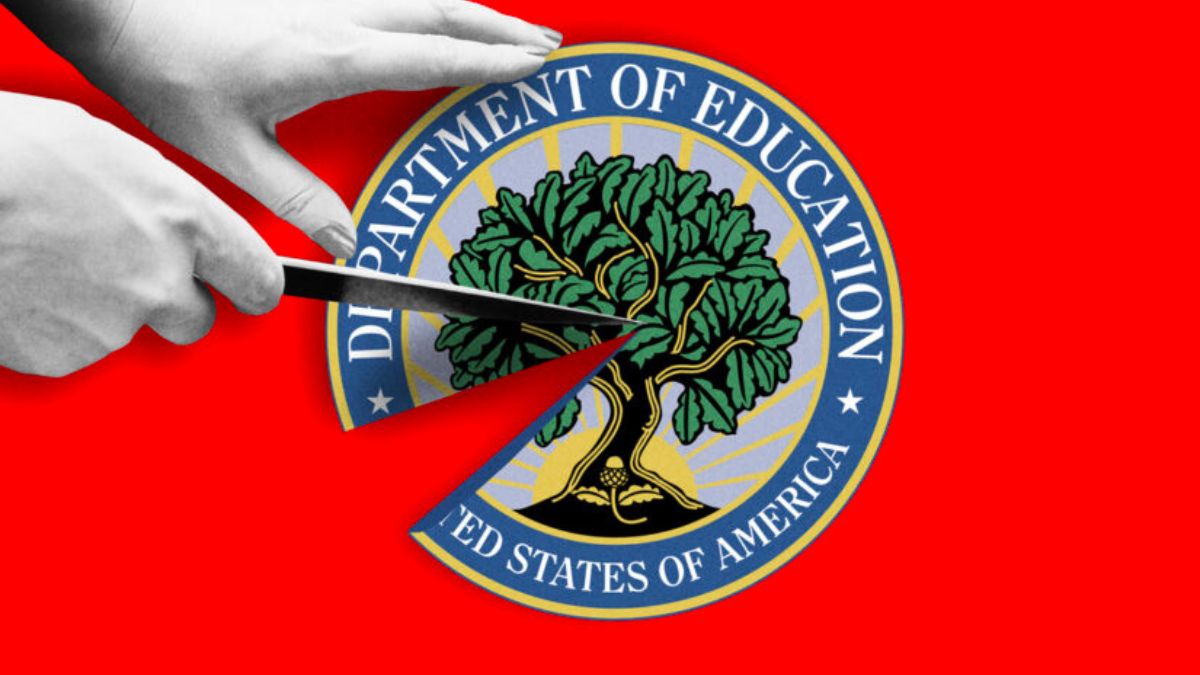Education quality varies dramatically across the United States, with some states investing heavily in student success while others struggle with funding, teacher shortages, and achievement gaps. Understanding these differences can help families make informed decisions about where to live, educators choose where to work, and policymakers identify areas for improvement.
This comprehensive ranking examines educational performance across all 50 states, analyzing factors like student achievement, funding levels, teacher quality, and graduation rates. Whether you’re a parent researching school districts, an educator considering career opportunities, or simply curious about educational trends, these insights will help you understand the current landscape of American education.
How We Rank States by Education Quality
Ranking states by education requires examining multiple factors that contribute to student success. The most reliable assessments typically consider several key metrics that paint a complete picture of educational performance.
Academic Achievement Metrics
Student performance on standardized tests serves as one primary indicator. The National Assessment of Educational Progress (NAEP), often called “The Nation’s Report Card,” provides consistent measurements across states. These assessments evaluate reading and mathematics proficiency at elementary, middle, and high school levels.
Graduation rates offer another crucial metric. States with higher four-year graduation rates typically demonstrate stronger educational systems that keep students engaged through completion. Additionally, college readiness scores from tests like the SAT and ACT indicate how well schools prepare students for higher education.
Resource and Investment Factors
Per-pupil spending reveals how much states invest in education, though higher spending doesn’t always correlate directly with better outcomes. More telling is how efficiently states use their resources and whether funding reaches classrooms effectively.
Teacher quality significantly impacts student success. States with higher teacher salaries, better working conditions, and stronger professional development programs tend to attract and retain more qualified educators. Student-to-teacher ratios also affect the individual attention students receive.
Top-Performing States for Education
Several states consistently rank among the nation’s educational leaders, combining strong academic outcomes with substantial investments in learning.
Massachusetts: The Gold Standard
Massachusetts frequently tops national education rankings, earning recognition for its rigorous academic standards and exceptional student performance. The state’s students consistently score highest on NAEP assessments in both reading and mathematics across grade levels.
The Massachusetts success story began with comprehensive education reform in the 1990s, establishing high standards, accountability measures, and increased funding. The state maintains relatively small class sizes and attracts high-quality teachers through competitive compensation packages.
Connecticut and New Jersey: Northeast Excellence
Connecticut and New Jersey round out the top three, both benefiting from high per-pupil spending and educated populations that prioritize educational achievement. These states maintain strong teacher preparation programs and offer extensive professional development opportunities.
Both states face challenges with achievement gaps between different demographic groups, but their overall educational infrastructure remains robust. High graduation rates and college enrollment numbers demonstrate successful student outcomes.
Other High-Performing States
Vermont, New Hampshire, and Virginia frequently appear in top ten rankings. These states share common characteristics: adequate funding, qualified teacher workforces, and communities that value educational achievement. Their students typically perform well on national assessments and proceed to higher education at high rates.
States Struggling with Educational Challenges
Several states face significant educational hurdles, often stemming from funding constraints, teacher shortages, and socioeconomic challenges that impact student learning.
The Bottom of the Rankings
States like Nevada, New Mexico, and Louisiana consistently rank near the bottom of national education assessments. These states grapple with low per-pupil spending, high teacher turnover rates, and student populations facing various socioeconomic challenges.
Nevada struggles with rapid population growth that has outpaced educational infrastructure development. The state faces teacher shortages and overcrowded classrooms, making it difficult to provide quality education to all students.
Rural State Challenges
Many rural states face unique educational obstacles despite community commitment to learning. Limited resources, difficulty attracting qualified teachers to remote areas, and brain drain as educated young people leave for urban opportunities create ongoing challenges.
States like West Virginia and Mississippi work hard to overcome these barriers through innovative programs and federal support, but geographical and economic constraints remain significant factors.
Regional Education Patterns
Educational performance often follows regional patterns influenced by historical, economic, and cultural factors that shape state priorities and capabilities.
Northeast Dominance
Northeastern it dominates the top rankings, benefiting from historical investments in education, high population density that creates economies of scale, and cultures that prioritize academic achievement. These states also tend to have higher per-capita incomes that support educational funding.
Southern States’ Ongoing Efforts
Many Southern states continue working to overcome historical educational challenges while dealing with rapid population growth and diverse student needs. States like North Carolina and Florida have made significant improvements through targeted reforms and increased investments.
Western State Variations
Western states show dramatic variation in educational performance. While some states struggle with funding and teacher shortages, others have implemented innovative approaches that yield strong results despite challenges.
Factors That Drive Educational Success
Successful educational systems share several common characteristics that contribute to positive student outcomes regardless of geographic location or demographic challenges.
Adequate and Equitable Funding
It that invest appropriately in education while ensuring funds reach all districts tend to see better outcomes. This includes not just overall spending levels but how resources are distributed across wealthy and poor districts.
Teacher Quality and Retention
Attracting, training, and retaining excellent teachers remains crucial for educational success. States that offer competitive compensation, professional development opportunities, and supportive working conditions typically see better student outcomes.
Community and Family Engagement
Educational success requires partnerships between schools, families, and communities. States with strong traditions of educational involvement and high expectations for student achievement often outperform those where education isn’t prioritized.
Looking Ahead: The Future of State Education Rankings
Educational rankings will likely continue evolving as it adapts to changing student needs, technological advances, and new understanding about effective teaching and learning approaches.
It currently struggling can learn from high-performing peers while adapting strategies to their unique circumstances. Success requires sustained commitment, adequate resources, and comprehensive approaches that address both academic and social factors affecting student learning.
The most effective educational systems recognize that rankings represent starting points for improvement rather than final judgments. By focusing on evidence-based practices, adequate funding, and continuous improvement, any state can enhance educational outcomes for its students.
Understanding these rankings helps stakeholders make informed decisions while recognizing that behind every statistic are real students whose futures depend on the quality of education their states provide. The goal isn’t just higher rankings but ensuring every student receives the education they deserve.











